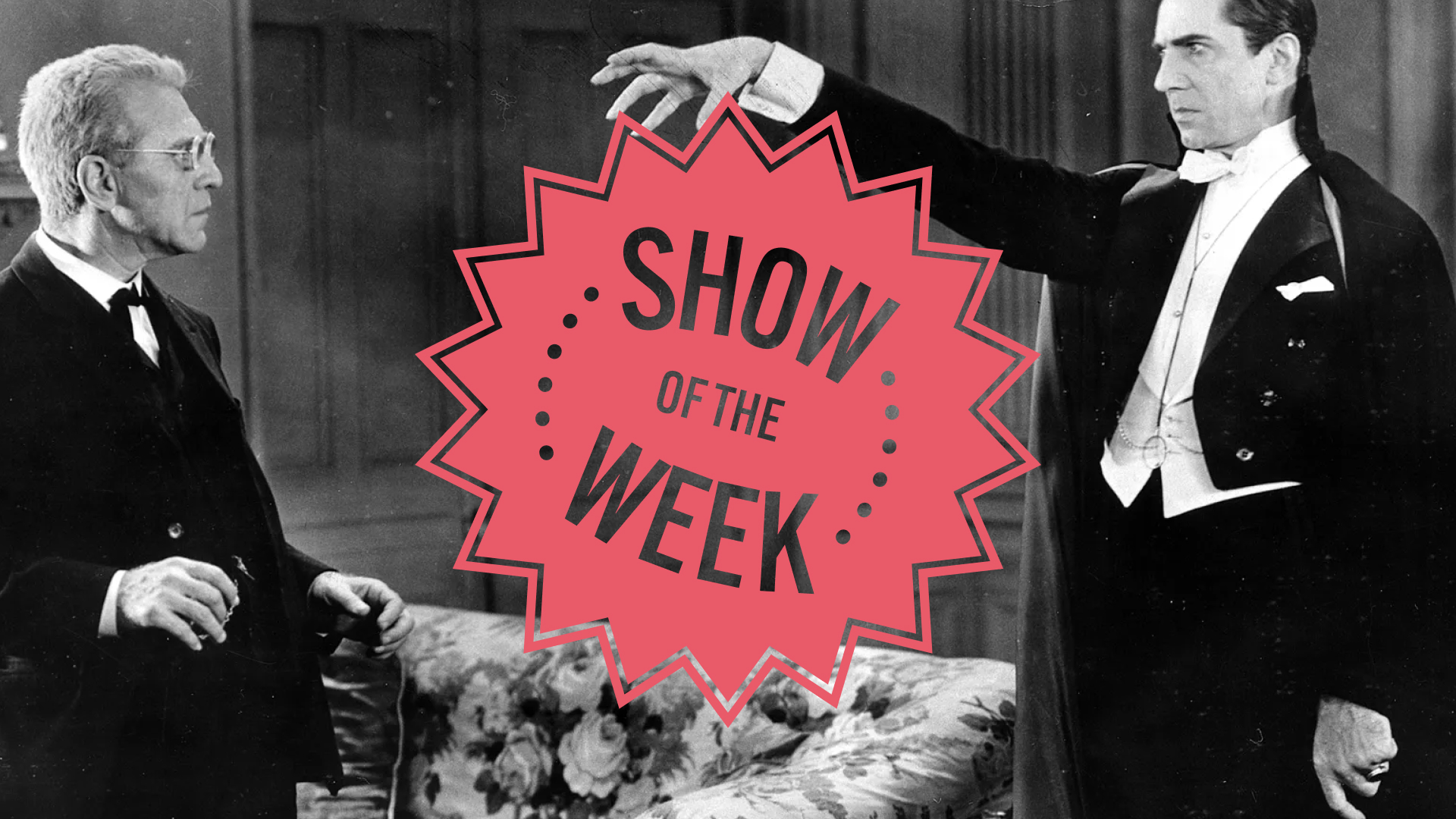From Dracula to Get Out, Wonderland: Gothic argues passionately for the genre

We’re all drowning in content—so it’s time to highlight the best. In her column, published every Friday, critic Clarisse Loughrey recommends a new show to watch. This week: A four-part documentary series examines the Gothic genre’s contemporary existence.
Where does the Gothic live in the 21st century? Does it lie, mummified and still, within the old, romantic novels? Has it come to rest in the shadows cast by the studio lights of Hollywood’s old horrors? Or is it gathering dust on the shelves in Hot Topic stores of near-abandoned, midwestern American malls? A new four-part documentary, airing on the UK’s Sky Arts, not only challenges the notion that the Gothic has lost any of its allure, but expands its horizons to argue that the term applies just as well to Jordan Peele’s Get Out as it does to Mary Shelley’s Frankenstein.
At its core, Wonderland: Gothic, which arrives courtesy of Odyssey Television, defines the Gothic as a reflection of deep, cultural anxiety. Its works are unified, as academic David Punter argues, less by the expected tropes of mist-swathed castles, half-crazed protagonists, and lonesome ghouls, but by “a mismatch between the inner world and the outer world”. In the Gothic, the root of fear lies in repressed knowledge, in what may arise if we weren’t so adept at turning away from the truth of our own hearts and the hearts of others.
Admittedly, these definitions are far easier to apply to Edgar Allan Poe than, say, Twilight or The Girl with the Dragon Tattoo (yet, both make an appearance here). And as intellectually provocative as this all-encompassing attitude may seem, Wonderland: Gothic struggles, at times, to draw the line between pure Gothic and the horror genre at large. Certainly, it doesn’t help that its limited database of available footage means it fails to establish, on screen, what the Gothic actually looks like. One key sequence, which links back to the original Goths, the Germanic people of late antiquity, inexplicably uses clips from Mexico’s Day of the Dead celebrations.
But the series is at its most revelatory whenever it draws a direct link between all these feverish monstrosities and the colossal social shifts of the 19th century onwards. Many of the Gothic’s early devotees were white and privileged. Many of them were men. They benefited directly from colonialism and slavery, but whether or not they stood against these systems of inhumanity, they were bound by a wider feeling of unease. An imperialist like Rudyard Kipling, it seems, was at times still capable of writing about those he oppressed with humanity; a radical like Mary Shelley still allowed Frankenstein to become infused with the white, European anxiety that enslaved people would rise up against them.
In short, it’s complicated. As art historian Martin Myrone, who speaks largely on the work of Caspar David Friedrich, describes, the Gothic can be “high-minded and debased, enlightening and regressive”. HP Lovecraft’s unfathomable terrors can advance the interests of American colonialism, while Toni Morrison and Alice Walker’s work can tear it down from the inside.
Queer artists, then and now, can find refuge within this land of outcasts. As Dr Xavier Aldana Reyes discusses, partially in reference to the work of Guillermo del Toro, the Gothic brought the horrors of the Spanish Civil War to the surface, after decades of repression. Emily Brontë’s Wuthering Heights and the work of her sister Charlotte, Jane Eyre, stripped the Byronic antihero of his nobility, and exposed him for all his brutality and violence. Peele, with Get Out, and Nia DaCosta, with her Candyman remake, have brought the Gothic into its modernity, by centring all these ideas of abject horror around the evils of police brutality.
Wonderland: Gothic argues passionately for the genre’s existence, despite its complexities, in a way that’s best summed up by Dr Maisha Wester, whose words are intercut with footage captured at the Black Lives Matter protests of 2020. “The ghost is still out there,” she warns. “She’s waiting for the moment you forget to return.” The Gothic will thrive as long as the threat of that ghost remains.
















